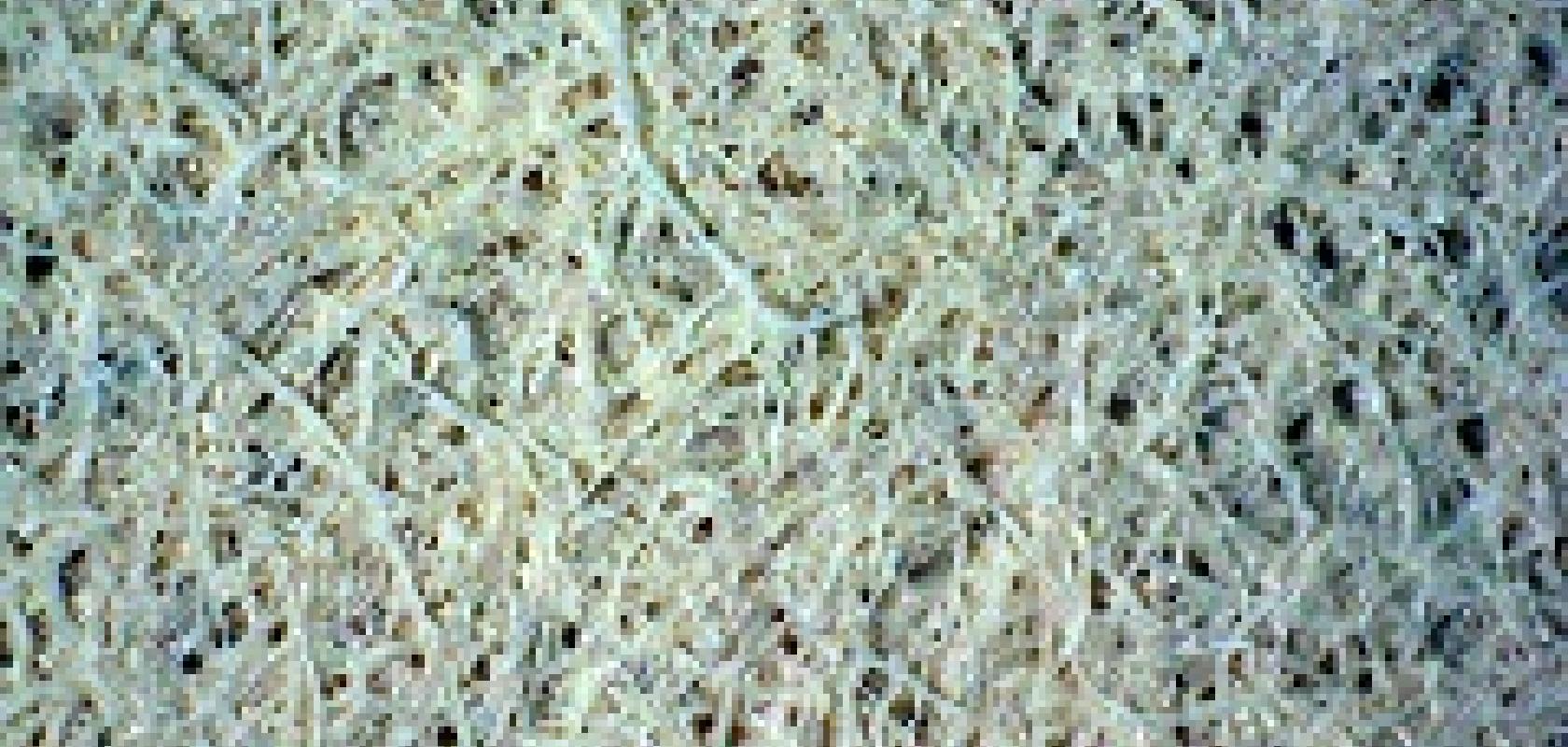A research team from the Technical University of Munich (TUM) have collaborated with physicists at the University of Rome to build the first controllable random laser – a laser that operates without mirrors or optical cavities – using cellulose paper.
In doing this, the team have showed that naturally occurring structures can be adapted for technical applications, removing the need to outfit materials artificially with disordered structures in order to produce random lasers.
The new method of using a biological structure as a template for a technical random laser featured in the latest issue of Advanced Optics Material.
While standard lasers use mirrors to order and shine light in a single direction in a targeted, uniform fashion, random lasers use disordered microscopic structures to shine light uniformly in different directions.
The development of random lasers is still in its infancy; however, the future of this technology is promising as, among other advantages, random lasers function with multiple colours and are direction-independent.
Because of the defined degree of structural chaos within random lasers, the light they produce is scattered at multiple angles along random paths. For the first time, the research team – led by Professor Zollfrank at the Chair of Biogenic Polymers in Straubing – have used conventional laboratory filter paper as the irregular structure in a random laser. ‘Due to its long fibres and the resulting stable structure, we deemed it to be suitable for this purpose,’ said team scientist Dr Daniel Van Opdenbosch. ‘Our laser is “random” because the light which is scattered in different directions due to the biogenic structure of the laboratory filter paper can also be scattered in the opposite direction,’ he added, explaining the principle.
The team impregnated the paper with an organometallic compound and then burned off the cellulose from the paper at 500°C. What remained was a ceramic titanium dioxide residue, a substance generally used in sunscreen. ‘This effect in sunblock is based on titanium dioxide’s strong light scattering effect,’ said Van Opdenbosch, ‘which we also utilised for our random laser.’
Scientists from the Institute for Complex Systems in Rome discovered that, despite their random nature, the light waves of a random laser can still be controlled. With the help of a spectrometer, the team were able to differentiate the various laser wavelengths generated in the material and localise them separately from one another. In doing this, the team are able to configure the laser in any number of ways and to determine the direction and intensity of its radiation.
‘The test setup used to map the samples consisted of a green laser whose energy could be adjusted, microscope lenses, and a mobile table which allowed the sample to be moved past,’ described Van Opdenbosch. ‘That way, our colleagues were able to determine that at different energy levels, different areas of the material radiate different laser waves.’
The work performed by the collaboration puts potential practical applications of naturally occurring substances within reach. ‘Such materials could, for example, be useful as micro-switches or detectors for structural changes,’ said Van Opdenbosch.
Further Information:


